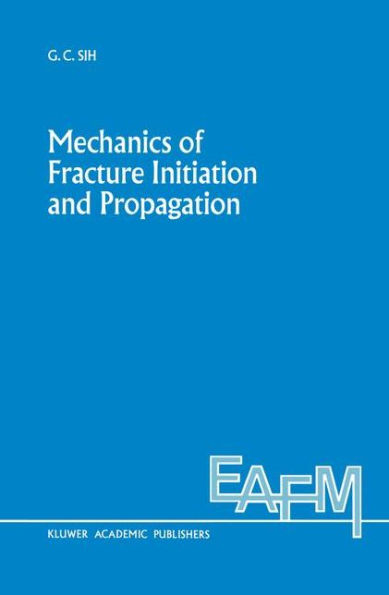5
1
9780792308775


Mechanics of Fracture Initiation and Propagation: Surface and volume energy density applied as failure criterion / Edition 1 available in Hardcover

Mechanics of Fracture Initiation and Propagation: Surface and volume energy density applied as failure criterion / Edition 1
- ISBN-10:
- 0792308778
- ISBN-13:
- 9780792308775
- Pub. Date:
- 04/30/1991
- Publisher:
- Springer Netherlands
- ISBN-10:
- 0792308778
- ISBN-13:
- 9780792308775
- Pub. Date:
- 04/30/1991
- Publisher:
- Springer Netherlands
169.99
In Stock

Product Details
| ISBN-13: | 9780792308775 |
|---|---|
| Publisher: | Springer Netherlands |
| Publication date: | 04/30/1991 |
| Series: | Engineering Applications of Fracture Mechanics , #11 |
| Edition description: | 1991 |
| Pages: | 410 |
| Product dimensions: | 6.10(w) x 9.25(h) x 0.04(d) |
From the B&N Reads Blog
